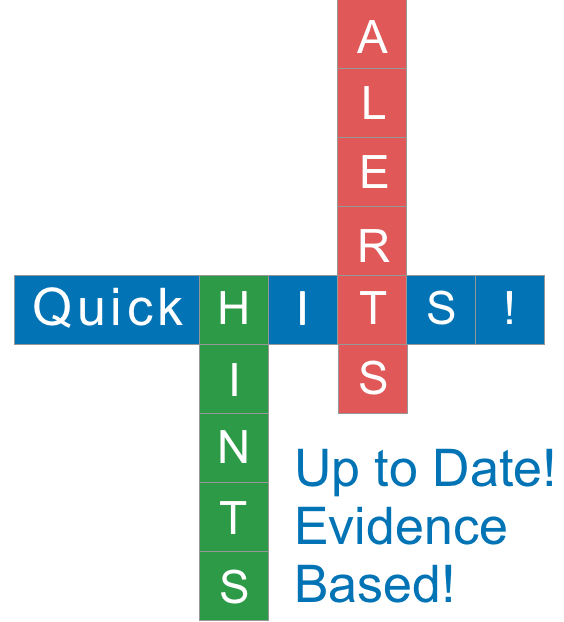HINT: What is used to manage a dislodged feeding tube?
Connected Care Quick Hits are up to date and evidence based recommendations for the care of children with medical complexity & technology dependence, from hospital to home.
HINT: What's in an emergency G/GJ tube dislodgement kit?
SITUATION:
This QuickHiT was identified through a consult a home care nurse initiated with Connected Care Live regarding a patient that presented to a community hospital emergency department for a dislodged G-tube. This hospital visit became necessary because there was no emergency dislodgment kit present in the child’s home. The kit has the equipment necessary to maintain tract patency when an enteral feeding tube is dislodged accidentally.
RECOMMENDATION:
At the start of your shift, be sure to check that families have an emergency G/GJ tube dislodgment kit! If they do NOT have an emergency kit, then make one by gathering the appropriate supplies into a zip-lock bag.
Be sure to always double-check the contents of the emergency kit at the start of each shift, and whenever you are travelling with the child.
Remember: The emergency kit should be with the child wherever they go!
A Dover® or RÜsch® Foley catheter - one French size smaller than the child's enteral tube
If the child has a balloon tube that was inserted > 8 weeks ago, the emergency kit will also include the same French size as the dislodged tube
Water-based lubricating jelly - to lubricate the tip of the Foley catheter before insertion
Tape - to secure the Foley catheter to the child’s stomach after insertion
5 mL & 10 mL slip-tip syringes - one to check the pH, one to flush the tube with sterile or distilled water, and one to fill the Foley catheter balloon
pH strips and pH colour reference guide - to confirm that the Foley catheter is in the stomach by checking the pH of the stomach contents
An adaptor or extension set - to close the Foley catheter, and to access the Foley catheter to give medications, liquids, or feeds.
It is important to know what type of enteral tube the child has, who inserted it (Image Guided Therapy [IGT] or Surgery), and when it was inserted!
For G-Tubes inserted LESS than 8 wks ago, and ALL GJ tubes, and Combination (G/GJ) Tubes
Do NOT inflate the balloon
Do NOT feed the child using the Foley catheter
Contact the child's G Tube Resource Nurse to arrange for tube replacement
Visit the Emergency Department after hours if child required fluids for hydration, etc.
For ONLY G-Tubes inserted MORE than 8 wks ago
Inflate the balloon
Feeds can be resumed after Foley catheter insertion as long as placement has been verified by checking gastric pH (< 6.0)
Stop feeding the child with the Foley catheter if he or she has a hard bloated stomach, severe stomach pain, vomiting, coughing, gagging, high fever, trouble breathing, or diarrhea
Contact the child's G Tube Resource Nurse to arrange for G-tube replacement
Please do NOT insert an emergency Foley catheter in the following instances:
The child's feeding tube was inserted by a surgeon at SickKids <8 weeks ago
The child had any type of abdominal surgery <8 weeks ago
To watch a video on what to do if the G or GJ tube is pulled out and for more information about this topic, please click on this link!













